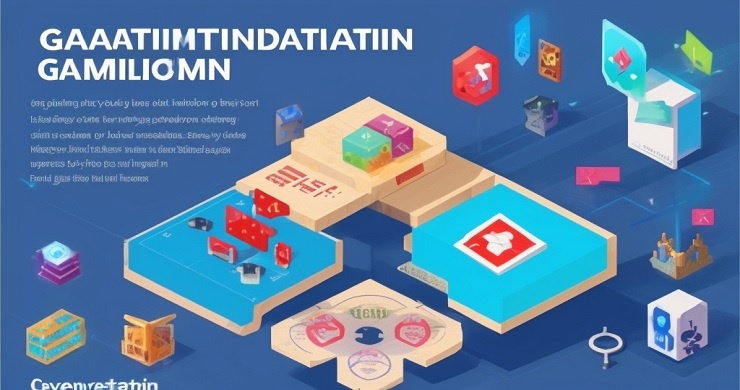This introduction merely scratches the surface of a vast topic: enhancing customer engagement through improved user experiences. While we’ll touch on one strategy. However, the full exploration of this topic goes far beyond the scope of a single blog post.
Here we’re delving into the world of customer engagement enhancement through improved user experiences. By fine-tuning how customers interact with products or services, businesses can significantly elevate satisfaction levels and foster lasting loyalty. Our focus will centre on the technique of gamification. Which injects elements of enjoyment into the user journey, ultimately cultivating deeper and more meaningful connections with customers.
The study1 findings indicate that the application of gamification principles such as social interaction, sense of control, goal and progress tracking, rewards, and prompts can promote hope and consequently increase customer engagement and digital sales in digital service offerings.
What is Gamification
Gamification is the process of integrating game-like elements. Such as challenges, rewards, and progress tracking, into non-game contexts like business applications or digital services. It aims to engage users by making tasks more enjoyable and motivating, ultimately driving desired behaviours or outcomes.
Using gamification in digital services, like adding social features, progress tracking, and rewards, can boost customer engagement and sales.
Using both qualitative and quantitative methods, including real-life and online studies, the research found that gamification fosters hope, leading to better customer engagement.
Hope is identified as a more powerful driver of customer engagement compared to compulsion, which was found to have a negative impact. The study emphasized the importance of fostering hope through gamification and provided actionable insights for managers to leverage gamification effectively in digital service offerings.
Hope, fueled by gamification, is a stronger motivator for engagement than compulsion, which can actually deter customers. This study suggests practical ways for businesses to use gamification effectively.
Gamification Better Defined
Gamification is the process of applying game design elements and principles to non-game contexts to engage and motivate people to achieve certain goals. It involves integrating features such as points, badges, levels, challenges, rewards, leaderboards, and storytelling to make tasks or activities more enjoyable, interactive, and immersive.
Here are some examples of gamification in various contexts:
1. Fitness Apps
Many fitness apps use gamification to motivate users to exercise regularly. They offer challenges, achievements, and progress tracking to make workouts more fun and rewarding. For example, users can earn badges for reaching milestones like running a certain distance or completing a set number of workouts.
2. Education
Gamification is often used in educational settings to make learning more engaging and interactive. Language learning apps like Duolingo use gamified features such as levels, points, and rewards to motivate users to practice regularly and progress through lessons.
3. Employee Training
Companies use gamification to enhance employee training programs. For instance, they might create interactive modules with quizzes, simulations, and rewards to make learning new skills or policies more enjoyable and effective.
4. Customer Loyalty Programs
Many businesses implement gamified loyalty programs to incentivize repeat purchases and engagement. For example, airline loyalty programs offer frequent flyer miles and elite status tiers, encouraging customers to fly more often and stay loyal to the airline.
5. Marketing Campaigns
Brands use gamification in marketing campaigns to increase customer engagement and brand awareness. For instance, they might launch contests, quizzes, or scavenger hunts on social media platforms to encourage user participation and interaction.
6. Productivity Tools
Gamification can also be applied to productivity tools and apps to motivate users to stay focused and achieve their goals. For example, task management apps like Habitica turn to-do lists into a role-playing games, where completing tasks earns experience points and virtual rewards.
Overall, gamification leverages psychological principles of motivation, reward, and competition to drive desired behaviours and outcomes in various contexts, making experiences more enjoyable, immersive, and effective.
The Method
The research used different ways to study its topic, including talking to people and collecting data, like surveys, and looking at real-life situations. They looked at health app users and also checked if their findings were true for online dating. They also used computer simulations to confirm their results.
This study helps businesses see how adding game-like features can make customers like using digital services more. It shares useful tips for getting customers more involved.
In summary, the study helps us understand how adding game elements can make customers more interested in digital services. It shows that having hope and using certain game techniques can make customers want to use these services more, which is helpful for businesses that want to improve customer involvement.
- Eisingerich, Andreas B., et al. “Hook vs. hope: How to enhance customer engagement through gamification.” International Journal of Research in Marketing 36.2 (2019): 200-215.
